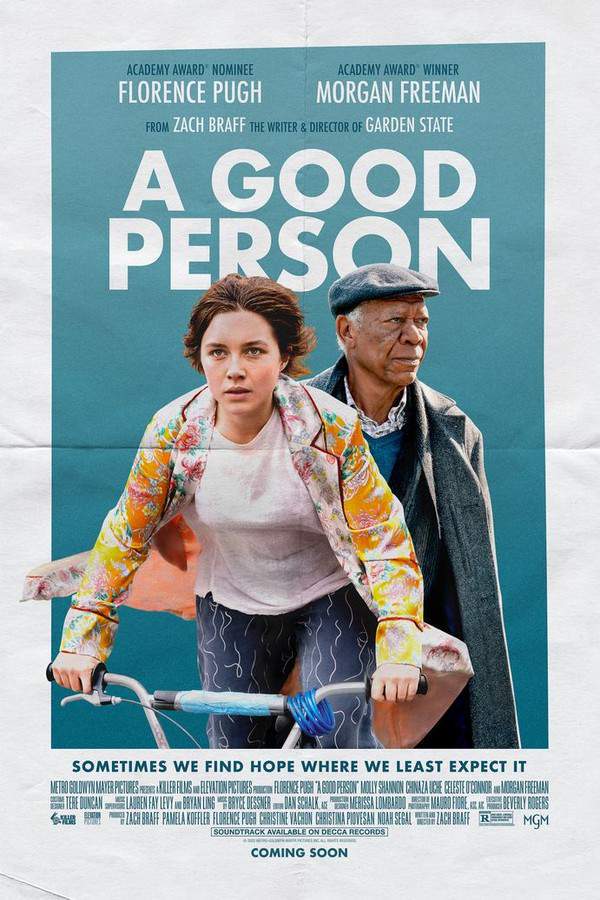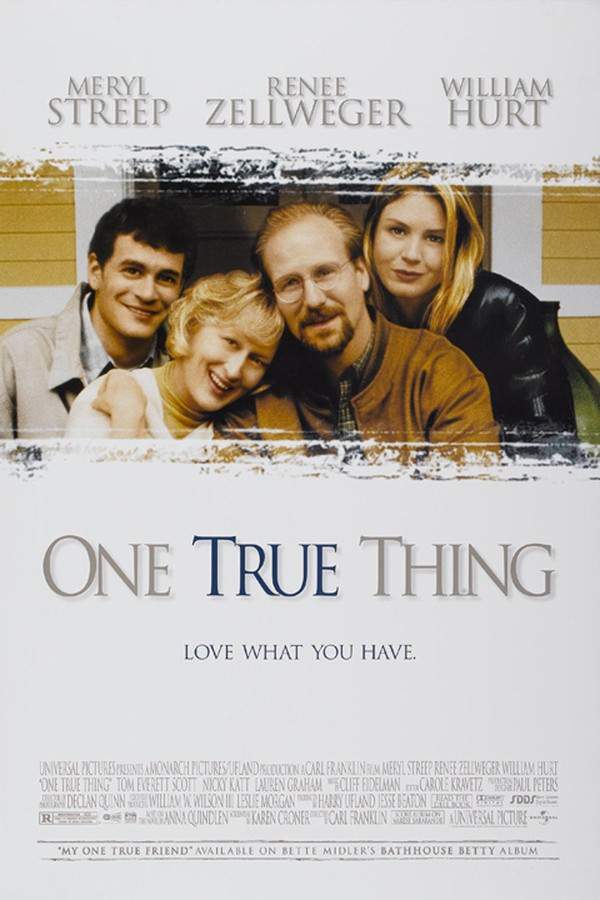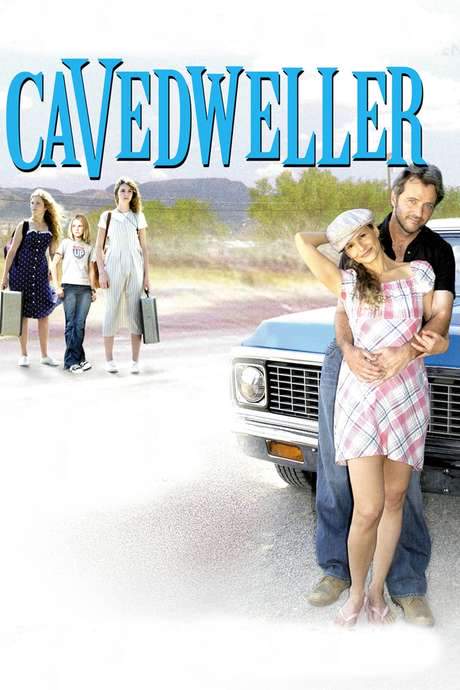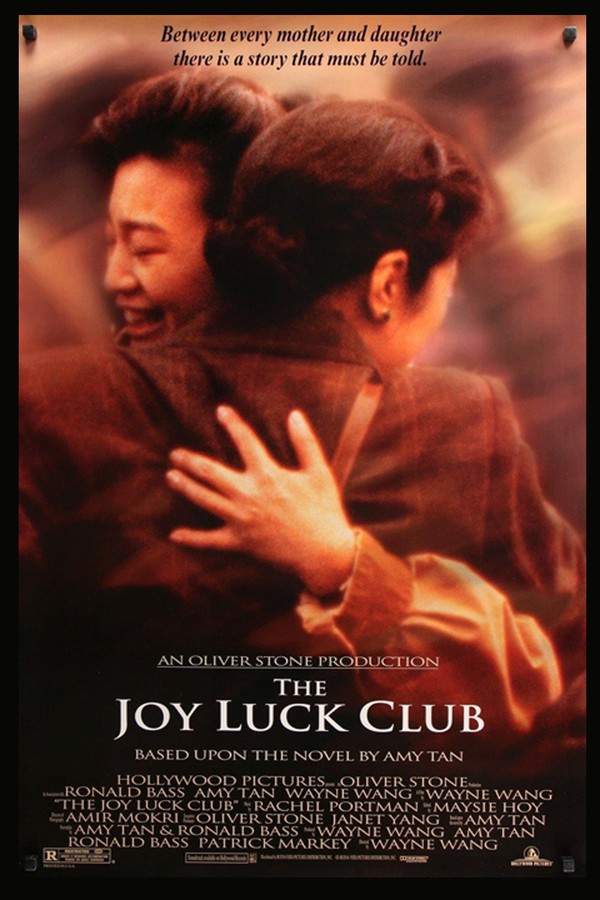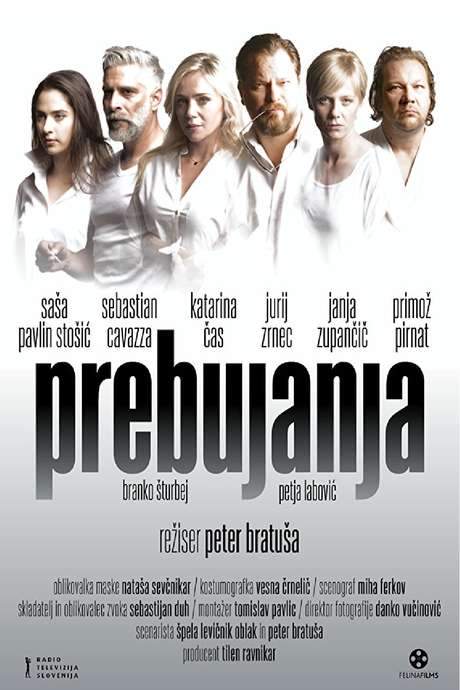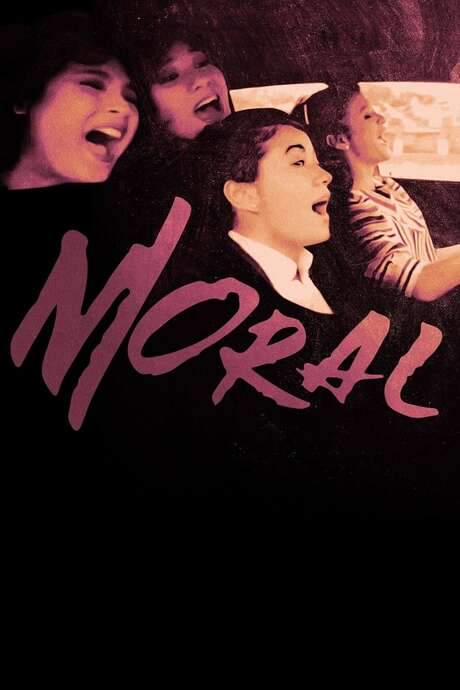
The Art of Negative Thinking
Year: 2006
Runtime: 93 mins
Language: Norwegian
Director: Bård Breien
The local disability support group visits an involuntary member, not realizing that it will bring them to a critical mass.
Warning: spoilers below!
Haven’t seen The Art of Negative Thinking yet? This summary contains major spoilers. Bookmark the page, watch the movie, and come back for the full breakdown. If you're ready, scroll on and relive the story!
Timeline & Setting – The Art of Negative Thinking (2006)
Explore the full timeline and setting of The Art of Negative Thinking (2006). Follow every major event in chronological order and see how the environment shapes the story, characters, and dramatic tension.
Last Updated: October 03, 2025 at 14:26
Main Characters – The Art of Negative Thinking (2006)
Meet the key characters of The Art of Negative Thinking (2006), with detailed profiles, motivations, and roles in the plot. Understand their emotional journeys and what they reveal about the film’s deeper themes.
Last Updated: October 03, 2025 at 14:26
Major Themes – The Art of Negative Thinking (2006)
Explore the central themes of The Art of Negative Thinking (2006), from psychological, social, and emotional dimensions to philosophical messages. Understand what the film is really saying beneath the surface.
Last Updated: October 03, 2025 at 14:26
Explore Movie Threads
Discover curated groups of movies connected by mood, themes, and story style. Browse collections built around emotion, atmosphere, and narrative focus to easily find films that match what you feel like watching right now.
Movies about group therapy and authentic connection like The Art of Negative Thinking
Stories where a group of people find genuine support by facing hard truths together.If you liked the honest group dynamics in The Art of Negative Thinking, explore these movies about therapy sessions, support groups, and found families. These stories focus on character-driven drama where genuine connection is forged through shared struggles and defying simplistic solutions.
Narrative Summary
These narratives often center on a specific group—a therapy session, a rehab facility, a community class—where initially reluctant or mismatched individuals are brought together. Through conflict and the breakdown of facades, they gradually build a supportive network that offers a more authentic form of healing than any prescribed cure.
Why These Movies?
They are grouped by their focus on the emotional arc of a collective, moving from dysfunction and denial to solidarity and strength. The shared mood is a blend of raw frustration and cathartic relief, with a steady, dialogue-heavy pace that allows characters to fully develop.
Movies about defiant hope and rejecting toxic positivity like The Art of Negative Thinking
Stories where hope is earned by rejecting forced cheer and embracing difficult realities.Discover movies like The Art of Negative Thinking that explore themes of psychological recovery by subverting toxic positivity. These dramas feature characters who find authentic strength and a bittersweet sense of hope by first allowing themselves to be angry, sad, and defiant about their circumstances.
Narrative Summary
The narrative pattern involves a protagonist or group trapped by societal expectations of how they 'should' feel or heal. The central conflict is an internal and external rebellion against these simplistic narratives. The climax is not a sudden cure or happy ending, but a hard-won acceptance and a new, more authentic definition of strength and hope.
Why These Movies?
They share a specific emotional journey from bitterness and defiance to a profound, earned hopefulness. The tone is consistently bittersweet, balancing heavy emotional themes with moments of genuine connection and dark humor, creating a uniquely cathartic and thoughtful viewing experience.
Unlock the Full Story of The Art of Negative Thinking
Don't stop at just watching — explore The Art of Negative Thinking in full detail. From the complete plot summary and scene-by-scene timeline to character breakdowns, thematic analysis, and a deep dive into the ending — every page helps you truly understand what The Art of Negative Thinking is all about. Plus, discover what's next after the movie.
The Art of Negative Thinking Summary
Read a complete plot summary of The Art of Negative Thinking, including all key story points, character arcs, and turning points. This in-depth recap is ideal for understanding the narrative structure or reviewing what happened in the movie.

The Art of Negative Thinking Timeline
Track the full timeline of The Art of Negative Thinking with every major event arranged chronologically. Perfect for decoding non-linear storytelling, flashbacks, or parallel narratives with a clear scene-by-scene breakdown.

The Art of Negative Thinking Spoiler-Free Summary
Get a quick, spoiler-free overview of The Art of Negative Thinking that covers the main plot points and key details without revealing any major twists or spoilers. Perfect for those who want to know what to expect before diving in.

More About The Art of Negative Thinking
Visit What's After the Movie to explore more about The Art of Negative Thinking: box office results, cast and crew info, production details, post-credit scenes, and external links — all in one place for movie fans and researchers.



